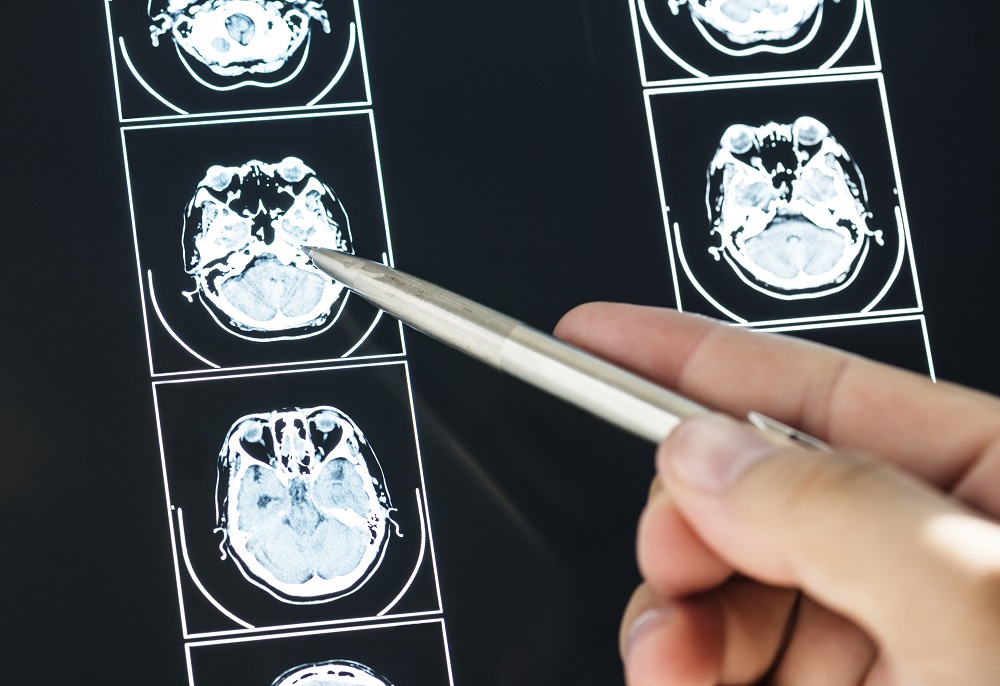Imagine waking up one morning and feeling dizzy, having difficulty speaking or moving. What could be happening in your body?
You may be experiencing the symptoms of a stroke, also known as stroke.
This sudden and often frightening event can have a significant impact on a person’s life.
In this article, we will explore in detail what stroke is, the different types that exist and the symptoms to look out for.
Join us on this journey of knowledge to better understand this condition and how to deal with it!
What is a stroke?
Stroke, or cerebrovascular accident, occurs when the blood flow to the brain is interrupted, resulting in a lack of oxygen and nutrients necessary for it to function properly.
This interruption can be due to a blocked blood vessel (ischaemic stroke) or a ruptured blood vessel (haemorrhagic stroke).
In both cases, brain cells begin to die within minutes, which can cause permanent brain damage.
Types of stroke
There are two main types of stroke: ischaemic and haemorrhagic. Below, we will briefly explain what each type of stroke is.
Ischaemic stroke
Ischaemic stroke occurs when a blood vessel supplying blood to the brain becomes blocked due to the formation of a blood clot or the build-up of fatty deposits in the arteries.
This prevents blood from flowing properly, depriving brain cells of oxygen and nutrients.
This type of stroke accounts for about 80% of all cases and can present as a blockage in a cerebral artery or in an artery that carries blood to the brain.
Haemorrhagic stroke
A haemorrhagic stroke occurs when a blood vessel ruptures, causing bleeding in the brain.
This bleeding may be due to a ruptured aneurysm (a bulge in a weakened artery) or a ruptured arteriovenous malformation (an abnormal tangle of blood vessels).
Although less common than ischaemic stroke, haemorrhagic stroke is potentially more dangerous due to the presence of blood in the brain, which can rapidly damage surrounding brain cells.
Symptoms of stroke
Recognising the symptoms of stroke is crucial, as early medical intervention can make the difference between life and permanent disability.
Here is a list of the most common symptoms that may indicate stroke:
Sudden loss of strength or paralysis: Weakness or paralysis can affect one side of the body, including the face, arm and leg.
Difficulty speaking or understanding: People who experience stroke may have trouble speaking clearly or understanding language.
Vision problems: Blurred vision or sudden loss of vision in one or both eyes may be a sign of stroke.
Severe dizziness: Dizziness, loss of balance or difficulty walking may indicate stroke.
Sudden, severe headache: A headache that is sudden, severe and unlike any other you have experienced may be a sign of stroke.
Difficulty swallowing: Difficulty swallowing or the feeling that something is stuck in your throat can be a symptom of stroke.
It is important to note that these symptoms can occur individually or in combination. If you or someone around you experiences any of these symptoms, it is essential to seek medical attention immediately.
Conclusion
In summary, stroke is a serious event that requires urgent medical attention.
By understanding what stroke is, its different types and associated symptoms, you are better equipped to identify the situation and seek help in a timely manner.
Remember that time is crucial in the treatment of stroke, so do not ignore or underestimate the symptoms.
Post-stroke rehabilitation can be a long and challenging process, but with the right support and the right approach, many people manage to recover and improve their quality of life.
At our stroke rehabilitation clinic, Rehabot, we are committed to providing you with the care and support you need during your recovery process.
Our team of highly trained professionals is ready to provide you with the personalised treatment you need to achieve your rehabilitation goals.
Don’t hesitate to contact us if you have any questions or would like more information about our services. Together, we can tackle stroke and work towards a full and satisfying life.
Remember, early detection and quick action are key to minimising the effects of stroke!
Leave us your data to start your treatment







